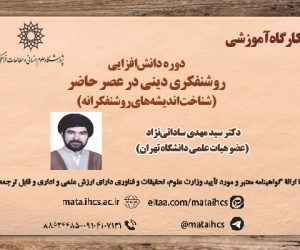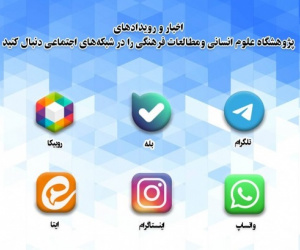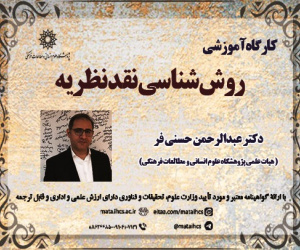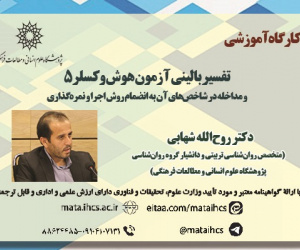مجلس شورای ملی: معبدِ رستگاریِ این جهانی (مقاله علمی وزارت علوم)
درجه علمی: نشریه علمی (وزارت علوم)
آرشیو
چکیده
نیروهای اجتماعی در انقلاب مشروطه ایران همزمان از تصاویر مدرن و الهیات سیاسی شیعی بهره بردند. در اولی، تجربه فرنگ و پیشرفت دولت های غربی آن روزگار، چشم شاهان قاجار، روشنفکران و مسافران ایرانی را به خود خیره کرد و دومی متعلق به عوام بود که گفتار دینی و اماکن مذهبی را پناهگاه خود می دانستند. تلفیقِ تصاویر سعادت دنیوی با تصاویر رستگاری دینی در کنش جمعی توده های مردم تحقق یافت. این امر با خوانش های نخبه گرایانه درباره رابطه حقوق مدرن و شریعت تفاوت داشت. توده های مردم در تجربه خود به تصویر تازه ای از یک نهاد رهایی بخش رسیدند و آن را «مجلس مقدس شورای ملی» نامیدند. این مقاله با استفاده از روش شناسی والتربنیامین، به چنین تجربه ای در انقلاب مشروطه می پردازد. از این رویکرد در آن انقلاب، فهم مردم از نهادهایی چون "مجلس شورای ملی" فهمی الاهیاتی و به منظورِ تحققِ سعادتِ سعادتِ اینجهانی بود. آنها این نهادها را با استفاده از تصاویر و تمثیل های الهیاتی و برای ایجاد تغییر در زندگی روزمره تفسیر می کردند. مقاله نتیجه می گیرد که تأسیس "مجلس شورای ملی" به عنوان یک نهاد مقدس و نیز "انجمن های ایالتی و ولایتی" توسط انقلابیون، خوانشی جدید از الهیات با توجه به تجربه مدرن بود.The national consultative assembly: worldly temple of the salvation
The social forces in Iran's constitutional revolution used the images of modern and Shiite political theology at the same time. In the first, the experience of Farang and the progress of the western governments of that time dazzled the eyes of the Qajar kings, Iranian intellectuals and travelers. And the second one belonged to the common people who considered religious speech and religious places as their refuge. The combination of images of worldly happiness with images of religious salvation was realized in the collective action of the masses of people. This differed from elitist readings of the relationship between modern law and sharia. The masses of people came to a new image of a saving new institution and called "The Holy Assembly of the National Council". Using Walter Benjamin's methodology, this article deals with such an experience in the constitutional revolution. From this approach in that revolution, the people's understanding of the " national consultative assembly " was a theological understanding and in order to realize the happiness of this world. They interpreted these institutions using theological images and allegories to bring about change in everyday life. The article concludes that the establishment of the " national consultative assembly " as a sacred institution as well as the "state and provincial associations" by the revolutionaries was a new reading of theology according to the modern experience.







